
|
|
|
|
|
|
|
|
|
|
|
With text book water parameters, you will still get algae. it's impossible to keep a reef tank free of detritus and algae for any length of time. The trick is to find the right snails and the right quantity of snails to maintain the tank in good condition. When combating algae, you need to know what type of algae you are dealing with. Your choices are Diatoms, Dinoflagellates, Film Algae, Red Slime (Cyanobacteria), Hair Algae, Bubble Algae, Bryopsis Algae and Calerpa Algae. |
|
In the marine tank, snails handle a variety of duties. Snails by nature are scavengers. They feed on detritus such as decaying plant matter, leftover uneaten food, and of most important to marine aquarist's they feed on algae growths. Its important when choosing your snails to remember that just about every saltwater snail has a preferred algae type. This algae type is the snails favorite food. Many will go to eating other things as mentioned above when necessary but their favorite will always be that algae. Why snails over other saltwater algae lovers? Simply put, aquarium snails can eat algae growths off of live corals without damaging the coral itself. Whether your tank is 4 months old or 4 years old, one of the best suggestions we can make is to not go crazy on the numbers of each species of snail you put in. You need enough snails to start servicing your reef tank or saltwater aquarium to keep algaes and detritus blooms under control, but not so many snails that there won't be enough food and often starve to death. Since you never really know how much food does each snail need to thrive in your aquarium we always suggest supplementing their diet. Saltwater snails will feed on tiny pieces of meaty foods such as brine shrimp, mysis shrimp, fish, scallop, and there are many available foods that contain what's necessary. Since your snails feed off of the surfaces of the tank such as the substrate, rock, etc. we always recommend small pellet food. Another suggestion we like and use is the dried algae sheets such as sold by To Little Fishes under the name "Sea Veggies" Or go to your local Chinese grocery-store and purchase a package of Nori sheets in packages. Just because there's algae growing in your aquarium, its natural and part of the normal mini ocean you have created. But just like any ocean as long as its not polluted and your water parameter's are like it should be the algae shouldn't be taking over but still needs to be kept under control. So there's the answer to one of the most frequent questions asked. Do I still need snails and critters if my algae is under control? Yes you do because it won't stay under control without their help. Keeping the algae under control means that algae will grow and algae will become food. Your aquarium will never be clear of algae and it would not be a healthy tank if it were, instead it's in a good balance. Your algae helpers are being fed and are keeping your system in a good balance. |
|
|
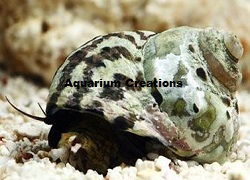
Price Each $2.49 Pack of 12 $28.68 (2.69 ea.) Pack of 25 $57.25 (2.29 ea.) Pack of 50 $109.50 (2.19 ea.) Pack of 100 $209.00 (2.09 ea.) |
Strombus Luhuanus 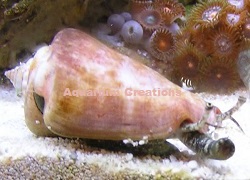
$12.99 each |
Opeatostoma pseudodon 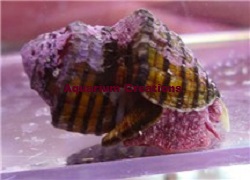
Price Each $6.99 Pack of 4 $25.96 (6.49 ea.) Pack of 12 $65.88 (5.49 ea.) Pack of 25 $124.75 (4.99 ea.) |
|
Strombus gigas 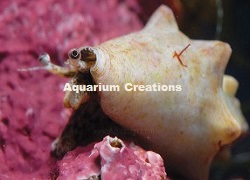
$19.99 each |
Turbo castanea 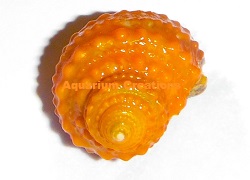
Price Each $5.99 Pack of 12 $65.88 (5.49 ea.) Pack of 25 $124.75 (4.99 ea.) Pack of 50 $224.50 (4.49 ea.) |
Lithopoma phobium 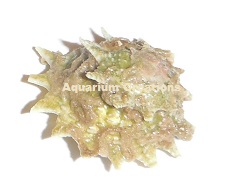
Price Each $4.99 Pack of 12 $53.88 (4.49 ea.) Pack of 25 $99.75 (3.99 ea.) Pack of 50 $174.50 (3.49 ea.) |
|
|
|
Copyright 2018 Aquarium Creations Online. While Aquarium Creations does its best to make an accurate representation of marine life on our website there is no guarantee that the actual marine life delivered will match the colors seen on your computer. Often the color reproduction on a computer screen or mobil device may not be produce the correct colors. |
